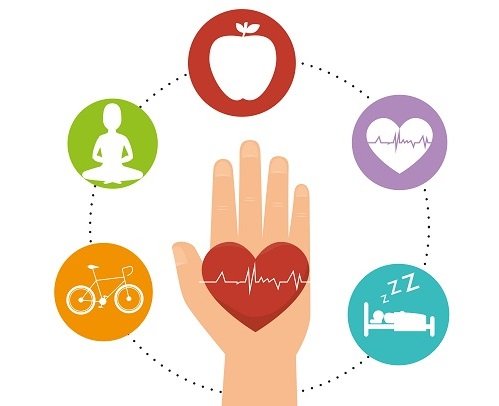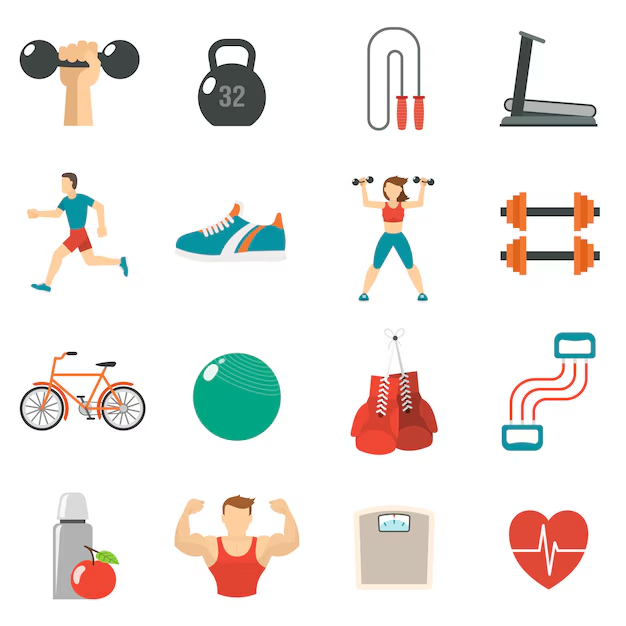15 Gut Health Strategies for Optimal Digestion

Updated at: 2025-05-23 13:13:21 (6 months ago by Melkisedeck Leon Shine)
Cultivating a Thriving Gut Microbiome: Fifteen Strategies for Enhanced Digestive Health
The gastrointestinal tract harbors a complex ecosystem, the gut microbiome, comprising a vast array of microorganisms significantly impacting human health. This intricate community influences digestion, immunity, and even neurological function. A robust and diverse microbiome is crucial for overall well-being. This article elucidates fifteen evidence-based strategies for optimizing gut health, promoting a balanced microbiome and improved digestive function. Key concepts explored include the role of dietary diversity, the impact of stress, and the benefits of prebiotics and probiotics. We will examine these within the framework of the gut-brain axis and the microbiome's contribution to overall health.
1. Dietary Diversity and the Microbiome's Nutritional Landscape: A varied diet, rich in fruits, vegetables, whole grains, lean proteins, and healthy fats, provides a diverse range of substrates for gut microbial growth. This supports a more resilient and beneficial microbiome. This principle aligns with the concept of ecological diversity, where greater species richness enhances ecosystem stability and functionality (analogous to the gut microbiome).
2. Prebiotics: Fueling Beneficial Bacteria: Dietary fiber, a prebiotic, serves as a food source for beneficial gut bacteria. Foods rich in fiber, such as legumes, whole grains, and fruits, promote the growth of these bacteria. This directly impacts gut motility and short-chain fatty acid (SCFA) production, vital for gut health. This approach leverages the principles of microbial ecology and nutritional physiology.
3. Hydration and Digestive Function: Adequate hydration is essential for optimal digestive processes. Water facilitates nutrient absorption, waste elimination, and the maintenance of a healthy gut environment. Dehydration can lead to constipation and impaired digestive function, highlighting the critical role of water in maintaining gut homeostasis.
4. Minimizing Processed Food Intake: Processed foods, often lacking in fiber and rich in unhealthy fats and additives, negatively impact gut microbial diversity. Their consumption can lead to dysbiosis, an imbalance in the gut microbiome, promoting the growth of potentially harmful bacteria. This emphasizes the importance of adhering to a whole-food-based diet.
5. Stress Management and the Gut-Brain Axis: The gut-brain axis, a bidirectional communication pathway between the gut and the brain, highlights the profound impact of stress on gut health. Chronic stress can disrupt gut microbiota composition and increase intestinal permeability, leading to inflammation. Stress-reduction techniques, such as meditation or yoga, can mitigate these negative effects.
6. Moderation of Alcohol Consumption: Excessive alcohol intake can damage the intestinal lining, disrupting the gut microbiome's delicate balance. Moderate consumption, if any, is advised to minimize potential harm to gut health. This highlights the importance of responsible consumption and the maintenance of gut integrity.
7. Limiting Sugar and Artificial Sweeteners: High sugar intake can promote the growth of harmful bacteria, leading to dysbiosis and various health issues. Natural sweeteners, consumed sparingly, are preferable. This principle aligns with the concept of minimizing the intake of readily fermentable carbohydrates that contribute to dysbiosis.
8. Probiotics: Supplementing Beneficial Microbes: Probiotics, live microorganisms, can enhance gut microbial diversity and improve gut health. Fermented foods or probiotic supplements can introduce beneficial bacteria, restoring balance and improving digestive function. This strategy utilizes the principles of microbial transplantation to augment the beneficial gut microbiota.
9. The Significance of Thorough Mastication: Chewing food thoroughly enhances digestion and nutrient absorption. This improves the availability of nutrients to gut bacteria and optimizes their function. Proper chewing is a crucial first step in the digestive process.
10. Exercise and Gut Health: Regular physical activity enhances gut motility, promotes regular bowel movements, and positively influences the gut microbiome's composition. Exercise further contributes to overall physical and mental well-being, indirectly benefiting gut health. This links physical activity to gut microbiome homeostasis.
11. Prioritizing Sleep for Gut Homeostasis: Sleep deprivation disrupts the circadian rhythm, impacting gut microbial composition and function. Adequate sleep is vital for maintaining gut health and overall well-being. The disruption of sleep patterns is detrimental to the gut microbiota's balanced state.
12. Judicious Antibiotic Use: Antibiotics, while necessary in certain cases, can disrupt the gut microbiome, leading to dysbiosis and potential health complications. Probiotic supplementation during and after antibiotic treatment can mitigate these negative effects, highlighting the importance of a holistic approach to healthcare. This strategy considers the potential impact of pharmaceuticals on the delicate microbial ecosystem.
13. The Role of Fermented Foods in Microbial Diversity: Fermented foods, such as kefir, kombucha, and kimchi, contain various beneficial bacteria and contribute to a more diverse and resilient gut microbiome. This highlights the diverse ways in which microbial diversity can be promoted through food choices.
14. Prebiotic Fiber and Microbial Growth: Prebiotics, including inulin and fructooligosaccharides (FOS), found in foods like garlic, onions, and bananas, selectively stimulate the growth of beneficial gut bacteria. This approach supports the growth of specific bacterial species beneficial for gut health. This directly promotes a balanced and healthy gut environment.
15. Personalized Nutrition and Gut Health: Individual responses to food vary. Paying attention to how different foods affect gut health is crucial for optimizing one's diet and achieving optimal digestive comfort. This emphasizes the individual nature of gut microbiome composition and its responsiveness to dietary changes.
Conclusions and Recommendations: Maintaining a healthy gut microbiome is a multifaceted endeavor requiring a holistic approach encompassing diet, lifestyle, and stress management. Dietary diversity, incorporating prebiotics and probiotics, and minimizing processed foods are paramount. Furthermore, adequate hydration, regular exercise, sufficient sleep, and stress-reduction techniques contribute significantly to gut health. Judicious antibiotic use and mindful attention to individual responses to food are also important. Further research should explore the long-term impacts of these strategies on various health outcomes and investigate personalized approaches to optimize gut microbiome composition and function based on individual genetic and environmental factors. The application of advanced techniques such as metagenomics and metabolomics can further illuminate the complex interplay between the gut microbiome and human health. These findings can significantly impact the development of tailored interventions to prevent and treat a variety of diseases linked to gut dysbiosis, ultimately improving overall well-being.
Reader Pool: Considering the multifaceted nature of gut health and the interplay of various factors, what further research avenues do you believe are crucial to unravel the complex relationship between gut microbiome composition, dietary interventions, and long-term health outcomes?




